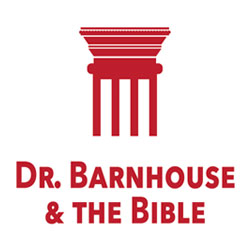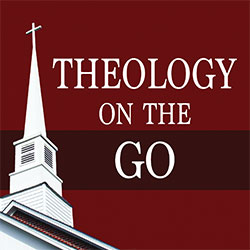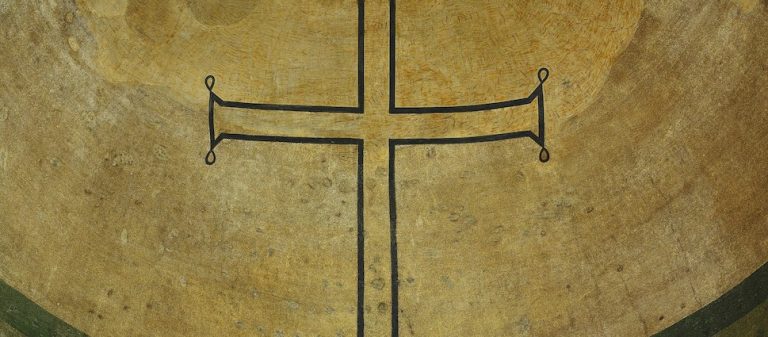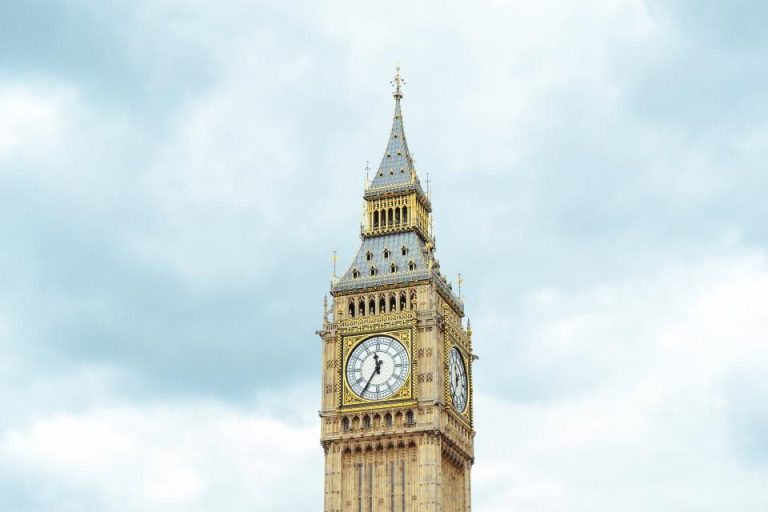
The Puritans on the Lord’s Supper (3)
Christ’s Presence in the Lord’s Supper
“One reason why we so little value the ordinance [of the Lord’s Supper], and profit so little by it, may be because we understand so little of the nature of that special communion with Christ which we have therein,” wrote John Owen.[1] It’s the nature of that special communion, or presence of Christ, that we turn in this post.
Edward Reynolds (1599–1676) affirmed “a real, true, and perfect presence of Christ” in the Lord’s Supper.[2] He said this was not merely Christ’s divine omnipresence, nor was it the physical presence of His human body. Christ is present “by the powerful working of his Holy Spirit” just as the sun is present to the earth in the shining of its warm rays.[3] Reynolds wrote, “The main end of the Sacrament … is to unite the faithful unto Christ.” Since our union with Christ is mystical and not physical, His presence is mystical and not physical.[4] It is indeed a union with Christ’s “sacred body” in heaven, but this does not require the physical presence of His body in the bread for communicants to receive the graces of His glorified humanity.[5]
William Perkins said there is a “sacramental union” between the signs and realities to which they point, which explains how sign and reality are often interchanged in Scripture (Gen. 17:10; Exod. 12:11; Deut. 10:16; Matt. 26:28; Luke 22:20; John 6:51, 53; Acts 7:8; 1 Cor. 5:7; 10:17; 11:24; Titus 3:5). The sacramental union is not a natural union or “mutation of the sign into the thing signified” but a “respective” union, or union by way of analogy, so as to draw the soul of the Christian to consider the spiritual reality and apply it.[6] As a result, unconverted persons “receive the signs alone without the things signified,” while the converted “do to their salvation receive, both the sign and the thing signified.”[7] Matthew Henry (1663–1714) explained, “We live in a world of sense, not yet in the world of spirits; and, because we therefore find it hard to look above the things that are seen, we are directed, in a sacrament, to look through them, to those things not seen, which are represented by them.”[8]
Matthew Poole (1624–1679) wrote, “When he saith, Take, eat, he means no more than that true believers should by the hand of their body take the bread, and with their bodily mouths eat it, and at the same time, by the hand and mouth of faith, receive and apply all the benefits of his blessed death and passion to their souls.”[9] Thomas Doolittle (1630–1707) agreed, saying that the believer eats the bread and drinks the wine to signify “my union with Christ and enjoyment of Him; my feeding upon Christ by faith for the strengthening of the graces of God’s Spirit in my soul.”[10]
Some scholars say the Puritans became overly scholastic in their view of the Lord’s Supper. Holifield, for example, says that Puritan pastors performed the sacramental actions, “hoping that the service would thus convey doctrinal information.”[11] Contrasting the Puritan approach with Calvin’s approach, he says, “Calvin had been wary of overemphasizing the merely didactic possibilities of sacramental worship, but in Puritan circles the Lord’s Supper was unreservedly a vivid spectacle calling to mind the saving truths of the gospel.”[12] The result of this distortion was that “Calvinist mystery collapsed under the weight of [the Puritans’] psychological explanation.”[13] In this, Holifield underestimates the role that truth played in the Puritan heart and invents a dichotomy that Puritans would have found unbiblical. For the Puritans, doctrinal information was not the antithesis of emotional engagement and Spirit-led worship. As Edwards wrote about his own preaching, “I should think…my duty to raise the affections of my hearers as high as possibly I can, provided that they are affected with nothing but truth, and with affections that are not disagreeable to the nature of what they are affected with.”[14] The Father seeks believers who worship in spirit and truth, and the third Person of the Trinity is the Spirit of truth who guides believers into truth (John 16:13).
Meet the Puritans is a conversation of the Alliance of Confessing Evangelicals. It is supported only by its readers and gracious Christians like you. Please prayerfully consider supporting us.
[1] Owen, Works, 9:523.
[2] Reynolds, “Meditations on the Holy Sacrament,” in Works, 3:68.
[3] Reynolds, “Meditations on the Holy Sacrament,” in Works, 3:72.
[4] Reynolds, “Meditations on the Holy Sacrament,” in Works, 3:73.
[5] Reynolds, “Meditations on the Holy Sacrament,” in Works, 3:73–74.
[6] Perkins, “A Golden Chaine,” in Works, 1:72.
[7] Perkins, “A Golden Chaine,” in Works, 1:72–73.
[8] Matthew Henry, The Communicant’s Companion (Philadelphia: Presbyterian Board of Publication, 1843), 32.
[9] Matthew Poole, A Commentary on the Holy Bible (repr., London: Banner of Truth Trust, 1969), 3:127.
[10] Thomas Doolittle, A Treatise Concerning the Lord’s Supper (Morgan, Pa.: Soli Deo Gloria Publications, 1998), 146.
[11] Holifield, The Covenant Sealed, 54.
[12] Holifield, The Covenant Sealed, 54, emphasis added.
[13] Holifield, The Covenant Sealed, 61.
[14] Jonathan Edwards, Select Works of Jonathan Edwards (London: Banner of Truth Trust, 1965), 391.
Previous Posts in this Series
























